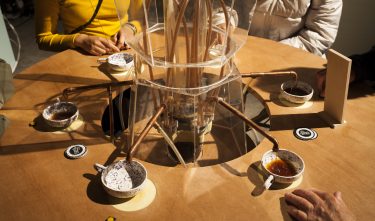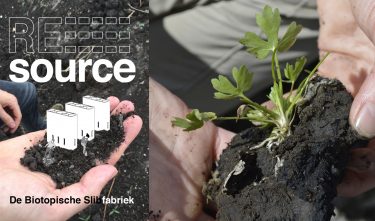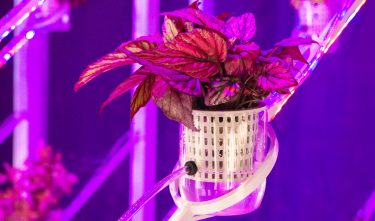Only five years ago, a new category was added to the Dutch Design Awards: Design Research. And although it is growing rapidly, it appears to be a category difficult to define. Is it about research on design or research through design or research by design, or all three at the same time and intertwined with each other? The last, most open approach seems to be the most rewarding one for the time being. Because it is the combination and recombination of digging and creating that defines Design Research.
Digging, digging, digging… Whoever thinks about design has to be prepared to dig. This is what Beatriz Colomina and Mark Wigley propose in their highly praised book are we human? Notes on an archaeology of design. ‘Dig into the ground, underground, beneath the seabed, and deep into the Earth. Dig into the things sitting on the ground – buildings, cities, treetops, and antennae. Dig over the ground – into the air, clouds and outer space. Dig even into the invisible layers – data, storage, formulas, protocols, circuits, spectra, chemical reactions, gene sequences, and social media posts. Digging, documenting, dissecting, discussing – digging, that is, into ourselves.’ But it’s not just about digging, because whatever you dig up will help you to create something new. And the combination and recombination of both, digging and creating, is what defines design research as a discipline for me.
Design Research is also one of the last categories to be added to the list of Dutch Design Awards, since 2014 to be precise. Perhaps this is why it is a category that is so difficult to define, a hybrid gathering place. Every year there is a discussion about what should and should not be defined as design research. Is it about research on design or research through design or research by design, or all three at the same time and intertwined with each other? And yes, of course all good design includes a healthy dose of preliminary research, so why the need for this separate category?
The answer to this question can hardly be anything other than open and tentative; because the core of design research is completely open. It can include all layers of design as described above by Colomina and Wigley, and even those they have not mentioned. More than anything, design research sketches scenarios and concepts for possible futures. It does not focus on an end product, is not restricted to one discipline. On the contrary, it is methodical, it forms context, it creates and recreates, combines and recombines, it is intrinsically collaborative, it is never finished but it is applicable and applied.
— But it’s not just about digging, because whatever you dig up will help you to create something new. And the combination and recombination of both, digging and creating, is what defines design research as a discipline for me. - Angelique
 1
1
 2
2
This year’s three nominees excellently reinforce this full, open breadth of what design research can be. Design Award winner Re-source is a partnership between Ester van de Wiel, Joost Adriaanse, David Hamers and Ginette Verstraete, a collective of designers and scientists. It elevates research to very earthy, methodical circularity on a metropolitan scale – digging is something they take literally and translate theoretically. And a smart move from Rotterdam city council to get involved and offer them space – in order to get to grips with their urban outside spaces, all factors and variables within them and the material flows they generate, and then to map out, use and understand them not only as a challenge but also as a resource.
Very different, less contemporary and more future-focused in nature, yet at least as multi-faceted and meaningful, is Marjan van Aubel’s Power Plant. It is therefore no surprise that this project convincingly won the Public Award during DDW. Van Aubel – who worked together with numerous international scientists and businesses for this solution-focused way of thinking – tackles not just one but two urgent global problems with her energy neutral greenhouse: food production and bioenergy, both based on sunlight. The Solar Democracy, van Aubel’s ultimate goal, may sound like a future vision right now, but her way of thinking, daring and doing brings us much closer to this kind of innovative and integrated approach.
As the third nominee, Martina Huynh hits a sensitive nerve of our time with her Basic Income Café – and this is even more remarkable when you realise that this is her Design Academy graduation project. She is able to provide insight into the complex and profound economic discord surrounding the basic income, based on the everyday ritual of making and drinking coffee. She has thought of everything to create the perfect conditions and necessary actions around which she can enter into a dialogue about these fundamentally changing income systems. Whether or not it will ever happen – the economists and politicians are far from agreeing on this – but thanks to Huynh’s café, the fact that it can do no harm to talk about it and discover what it could mean, transcends reading the tea leaves for once and for all.
Of course, these three projects are just the tip of the iceberg of design research that is currently being developed. In fact, it seems like the curious, inquisitive, complexity-embracing projects that not only offer answers but also throw up many new questions and vistas, are gaining momentum, especially with younger generations. And it seems that science, the public sector and the corporate world are increasingly realising that things can and must be done differently. Time to get digging together!
Angelique Spaninks, DDA jury member and committee chair in the category ‘Design Research’.
